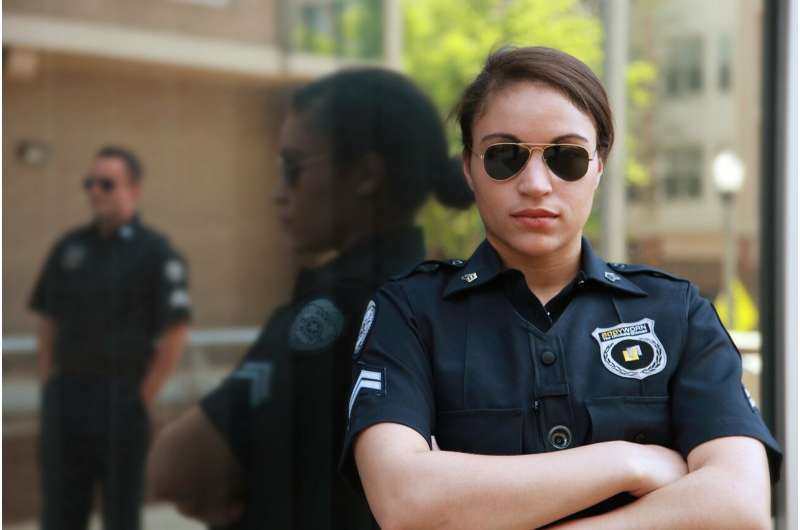AI-controlled checks to boost security and speed up traffic at EU borders

Traffic across the EU's external borders is on the rise, as is the threat posed by illegal immigration. As over 700 million people enter the EU each year, this puts considerable pressure on border agencies that must adhere to strict security protocols while at the same time ensuring the smooth flow of traffic into the EU. Increased international trade and more sophisticated criminal activity make border checks even more challenging. Therefore, authorities need to provide a fast and efficient border clearance process while also safeguarding the safety and security of checkpoints.
The EU-funded iBorderCtrl project is developing a two-stage procedure designed to speed up land border crossings and at the same time improve security using a combination of state-of-the-art technologies. The iBorderCtrl system aims to reduce the time that law-abiding non-EU citizens spend at land border checkpoints, while further employing lie detection technology to help border guards identify illegal immigrants and prevent crime and terrorism.
"We're employing existing and proven technologies – as well as novel ones – to empower border agents to increase the accuracy and efficiency of border checks," said project coordinator George Boultadakis of European Dynamics Luxembourg in an article posted on the European Commission's website. The technologies utilised include an automatic deception detection system, biometrics verification (fingerprinting and palm vein scanning), face matching, document authentication and a hidden human detection tool. Additionally, integrated border control analytics, risk-based assessment, and a system used to cross-check travellers' information from social media or legacy systems are also being employed. As stated on the project website, iBorderCtrl will use these technologies to "collect data that will move beyond biometrics and onto biomarkers of deceit."
The two-stage procedure
Before arriving at the border, travellers register and upload all relevant travel documentation through an online system using their mobile phone, tablet or computer. Travellers are then asked a series of questions by an avatar and their non-verbal micro-expressions are analysed to determine whether they are lying or not. To improve the system's accuracy, the avatar is personalised to match the traveller's gender and language. Potentially illegal crossings are flagged so that border guards can conduct more detailed checks.
The second stage of the procedure takes place at the border. Travellers previously flagged as low risk undergo a brief re-evaluation of their documentation. Biometric checks are used for identity verification. For travellers crossing the border with a vehicle, an additional check is conducted to detect if there are any humans hidden inside.
Trials of the iBorderCtrl (Intelligent Portable Border Control System) system are soon to begin at land border crossings in Greece, Latvia and Hungary. Over the next 6 months, the three partner countries will be testing the technology at four different crossing points.
More information: iBorderCtrl project website: www.iborderctrl.eu/
Provided by CORDIS



















